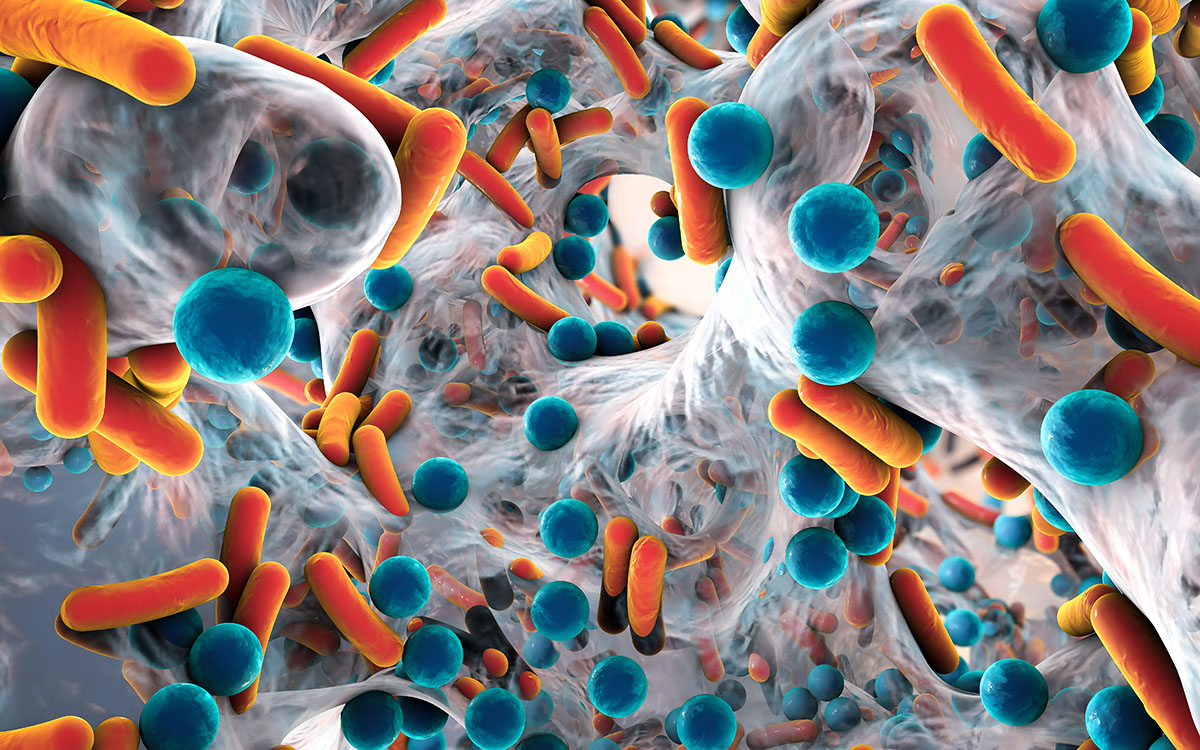the arsenic-based life form that really isn’t…

Usually, anything mentioning aliens or extremophiles which hint at what exotic life may be possible on nearby and distant alien worlds tends to create a good science news buzz. And with NASA’s recent announcement of what has been widely reported as an arsenic-based organism found on Earth, science news blogs are busy spreading the word and speculating on a possible second biogenesis on our world. But according to critical reviews of the actual academic literature by PZ, NASA’s big announcement is actually more hype than a big step towards finding alien life and demonstrating exotic organic chemistry. In fact, the news have it wrong and the microbes in question aren’t arsenic-based at all. And the actual results are too vague to call definitive by any stretch of the imagination. Basically, NASA found some extremely hearty bacteria, poisoned them with arsenic, then took note that their experimental colonies managed to survive. As PZ puts it…
What does it all mean? It means that researchers have found that some earthly bacteria that live in literally poisonous environments [ have ] adapted to find the presence of arsenic dramatically less lethal, and that they can even incorporate arsenic into their routine, familiar chemistry… These are derived forms of bacteria which are adapting to artificially stringent environmental conditions, and they were found in a geologically young lake — so no, this is not the bacterium primeval. This lake also happens to be on Earth, not Saturn so I don’t know that it can even say about extraterrestrial life. It does say that life can survive in a broad range of conditions, but we already knew that.
For a more detailed analysis, head on over to the linked post where PZ explains the science very accessibly. If you just want to get a quick synopsis, it goes something like this. Because arsenic and phosphorous are very similar, arsenic can substitute for phosphorous in living tissue. But because they’re not the same, arsenic will basically clog the mechanisms on which cells rely to produce key molecules and kill the organism exposed to an excess of it. However, these microbes found a way to tolerate it, kind of like how ancient kings used to give themselves tiny doses of arsenic to build up tolerance to the poison and survive assassination attempts. The organisms in question are quite Earthly and not all that exotic compared to other extremophiles. They’ve just been more resistant to a chemical that’s leaking into their system and partially replacing the phosphorus they usually need. And while their metabolism was drastically slowed in the process, they made due. It’s neat, but really not something astrobiologists could really use to reliably track alien life in our solar system.
Oh and there’s another thing that I wanted to bring up for this story. Note how many people insist that NASA is well aware of the aliens frozen in some military installation’s ultra top secret bunker (which is usually Wright Patterson AFB near Dayton, OH in the stories), and try to legally force the agency to unseal all its supposed evidence of alien life on Mars and elsewhere. If NASA really wanted to hide evidence of aliens and shy away from talking about alien life, why would it justify every mission to Mars as a chance to find life and hype up one nice but underwhelming experiment to provide some evidence of how alien microbes could survive on distant and seemingly inhospitable worlds? If aliens were such a big secret, why is NASA desperate to use them as their leverage in procuring funding for the scientific exploration of space? Obviously, discovering proof of alien life is the outmost priority for the agency and the conspiracy theorists need to take note of that…





